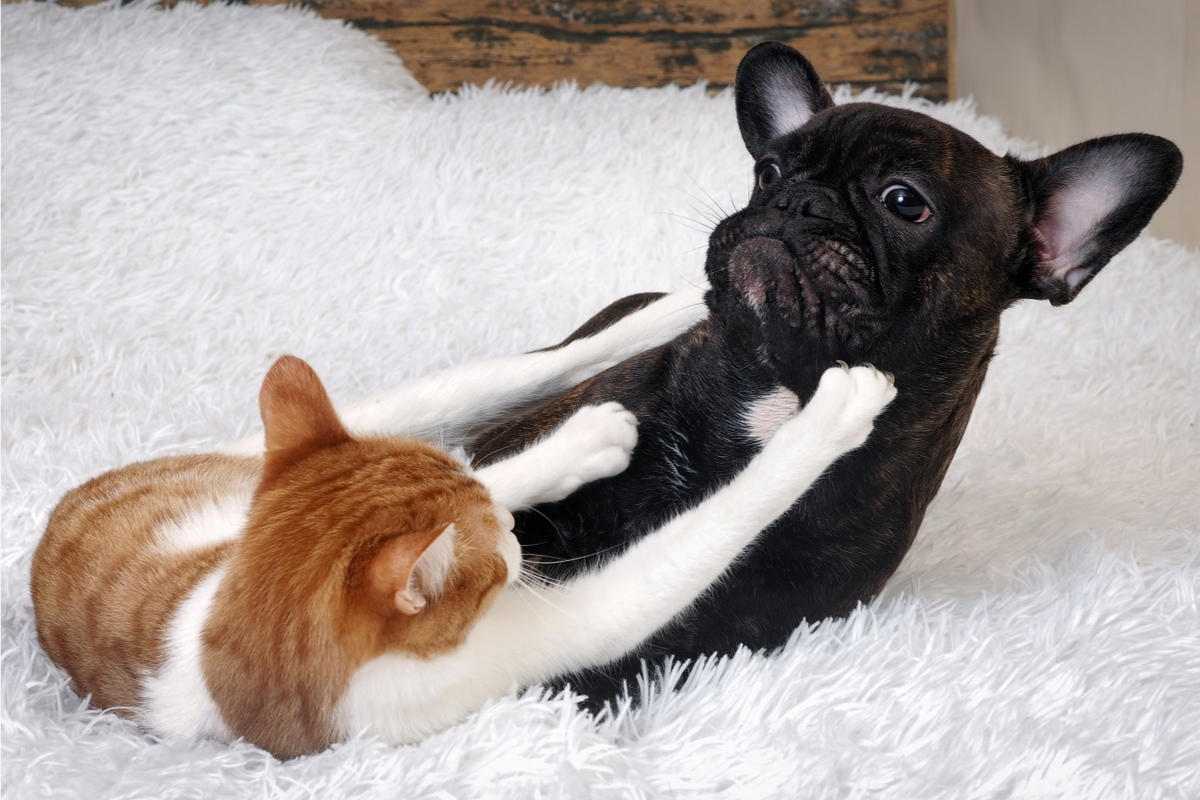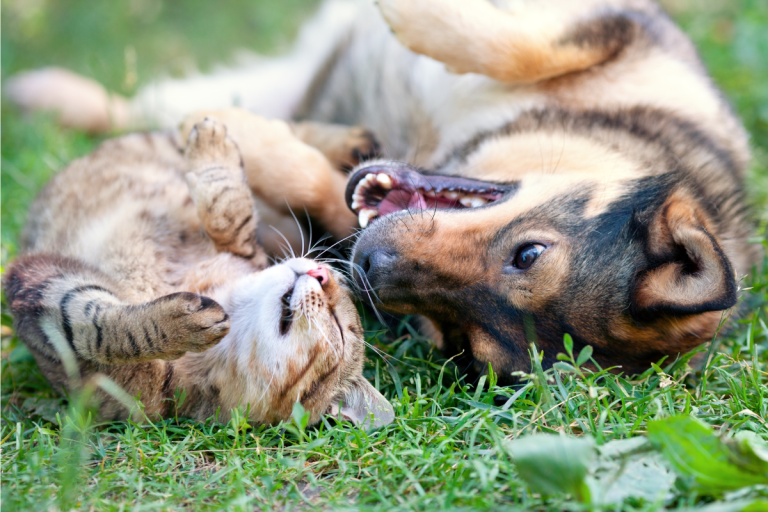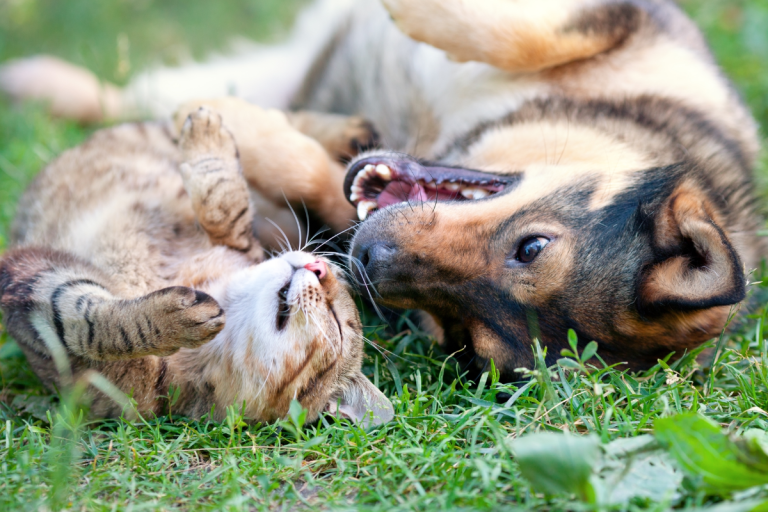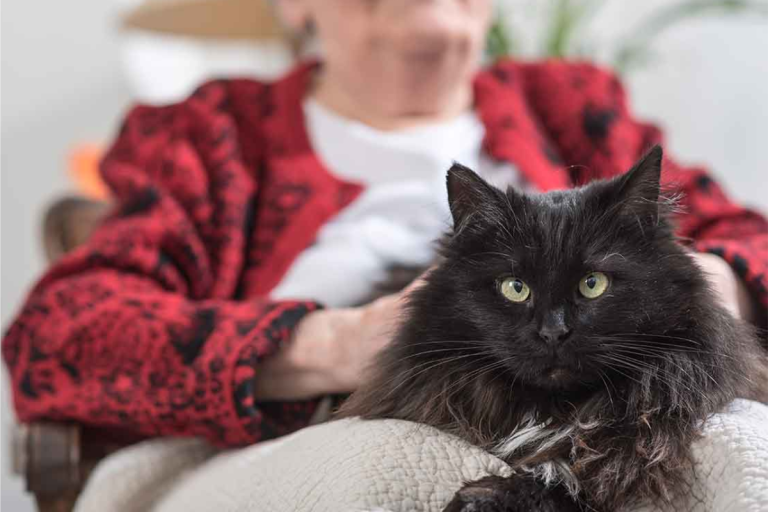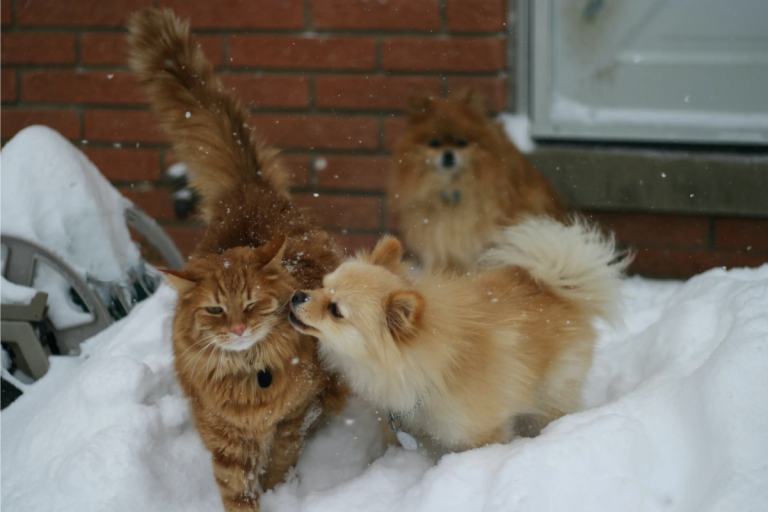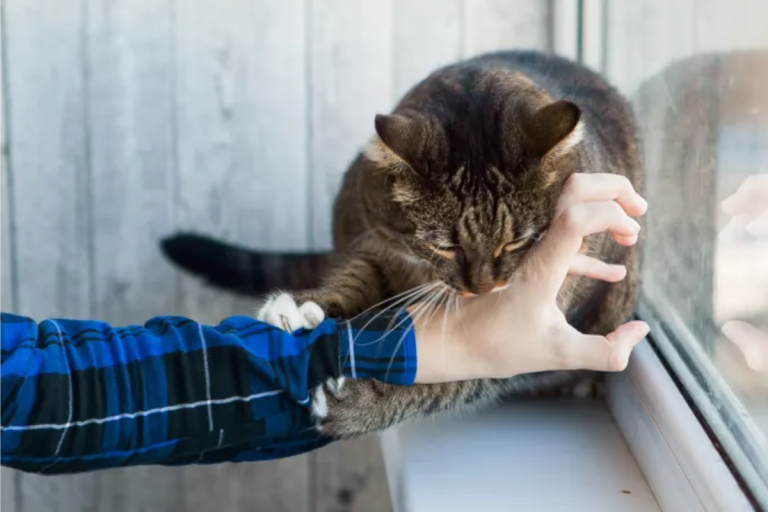Why Do Cats and Dogs Fight? Understanding the Root Causes
Ah, the age-old rivalry: cats versus dogs. If you’ve ever watched these two species interact, you might have noticed their occasional skirmishes or tense standoffs. But what’s really going on? Understanding the dynamics between our feline and canine friends can shed light on their behavior and help us navigate their interactions. Let’s dive into why cats and dogs sometimes find themselves at odds.
The Nature of Cats and Dogs
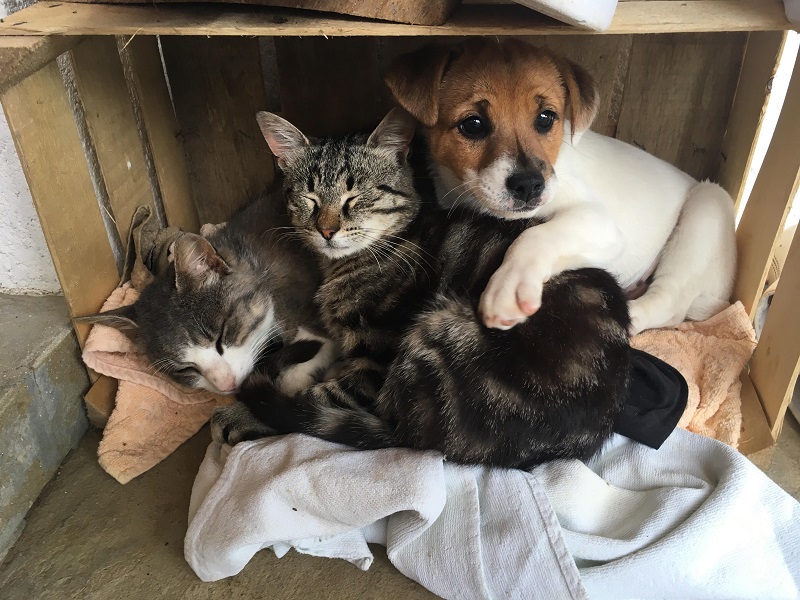
Understanding the fundamental differences between cats and dogs is crucial to grasping their interactions. Their instinctual behaviors and communication styles play significant roles in how they perceive and react to one another.
Instinctual Differences
At the core of their conflicts lie fundamental differences in their instincts. Cats are natural hunters, and their predatory instincts drive them to stalk, pounce, and play aggressively. Imagine a stealthy ninja, always on the lookout for their next target.
On the flip side, dogs are pack animals with a strong sense of hierarchy and social structure. They thrive on companionship and often look to establish their place within a “pack,” which can lead to clashes when another animal challenges that status.
Communication Styles
Cats and dogs also communicate in vastly different ways. Dogs wag their tails and bark, while cats might hiss or swat. These unique forms of communication can lead to misunderstandings. A wagging tail in a dog might indicate excitement, but in a
Learning to recognize these body language cues can be crucial in preventing conflicts. Think of it like being fluent in two different languages; you have to understand the nuances to avoid miscommunication.
Common Reasons for Fights
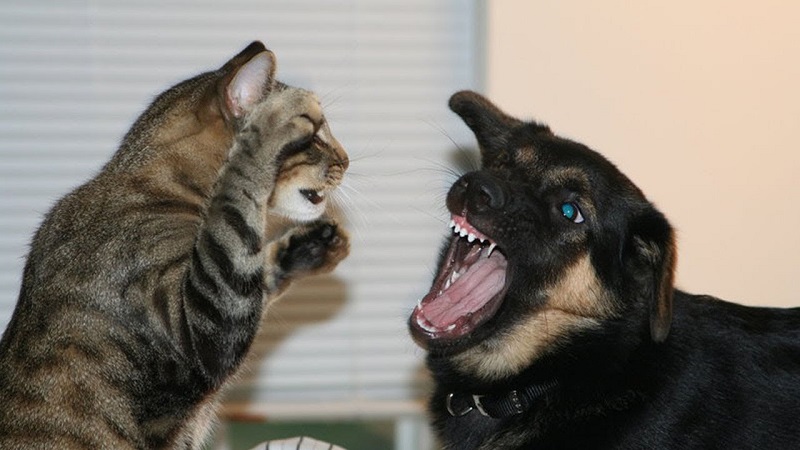
Several factors contribute to the conflicts between cats and dogs. Understanding these common triggers can help pet owners take proactive measures to prevent altercations.
Territorial Behavior
One major reason for fights between cats and dogs is territorial behavior. Both animals can be very protective of their space. If a new pet enters the territory, whether it’s a new
This is especially true for cats, who can be notoriously territorial. Have you ever seen a
Resource Guarding
Another common trigger for conflicts is resource guarding. Pets can become aggressive when they perceive that their food, toys, or even your attention is at stake. Imagine this scenario: you’re playing fetch with your dog, and suddenly your
The dog might view the
The Role of Socialization
Socialization is a vital aspect of preventing fights between cats and dogs. By introducing pets to each other in a controlled manner, owners can help foster positive relationships.
Importance of Early Socialization
One of the most effective ways to prevent fights is through proper socialization. Early exposure to different animals, environments, and experiences can shape how pets interact with each other.
Dogs that grow up with cats are often more accepting of their presence and vice versa. Think of it like teaching kids to play well together; the earlier they learn, the better they get along in the future.
Adult Interactions
For adult pets, it’s never too late to work on socialization. Gradually introducing cats and dogs to each other, while rewarding calm behavior, can help foster a more peaceful relationship. Using positive reinforcement techniques can create positive associations between the two animals.
Remember, patience is key; forcing interactions can lead to negative experiences and increase the likelihood of fights.
Understanding Body Language and Signals
Being aware of your pets’ body language is essential in preventing conflicts. Recognizing warning signs and understanding the signals can help you intervene before a situation escalates.
Warning Signs of Aggression
Knowing how to read your pets’ body language is essential in preventing fights. Look for signs like raised hackles in dogs or an arched back in cats. These signals indicate discomfort and potential aggression.
If you see these warning signs, it’s crucial to intervene before tensions escalate. It’s similar to reading the room; if you sense something is off, trust your instincts.
Techniques for Prevention
When tensions rise, having a plan in place can make all the difference. Keeping pets separated during feeding times, providing individual spaces for each animal, and utilizing distraction techniques (like toys or treats) can help de-escalate a potentially volatile situation. Just like in any relationship, proactive measures can prevent conflicts before they start.
Managing Multi-Pet Households
For those with multiple pets, creating a harmonious living environment is essential. Knowing how to manage interactions can lead to a more peaceful coexistence.
Creating a Harmonious Environment
If you have both cats and dogs, creating a harmonious living space is essential. Designate separate areas for each pet and ensure they have their own resources (food bowls, beds, etc.). Providing vertical spaces, like
Intervention Techniques
In the event of a fight, knowing how to intervene safely is vital. Avoid physically stepping in, as this can lead to injury. Instead, try making a loud noise or using a water spray to distract them. Once separated, give each pet time to cool down before reintroducing them. Think of it as a timeout for kids; sometimes, everyone needs a little space to calm down.
FAQs
1. Can all dogs and cats get along?
While many dogs and cats can coexist peacefully, their individual personalities play a significant role. Proper introductions and socialization can increase the likelihood of harmony.
2. What should I do if my pets start fighting?
Stay calm and avoid physical intervention. Instead, distract them with noise or separate them until they cool down.
3. How can I tell if my
Look for warning signs such as growling, hissing, raised fur, or tense body language.
4. Is it better to introduce a kitten to a dog or a puppy to a
Generally, introducing a kitten to a dog can be easier, as puppies are often more energetic and may overwhelm a
5. Can training help reduce fights between my pets?
Absolutely! Training can help establish boundaries, improve communication, and reinforce positive behavior in multi-pet households.
Conclusion
Understanding why cats and dogs fight is key to fostering a peaceful coexistence between them. By recognizing their instincts, communication styles, and triggers for aggression, pet owners can create a harmonious environment. Socialization and awareness of body language play crucial roles in preventing conflicts. Remember, it’s all about patience, love, and a bit of understanding. With the right approach, your feline and canine companions can learn to live together peacefully.
